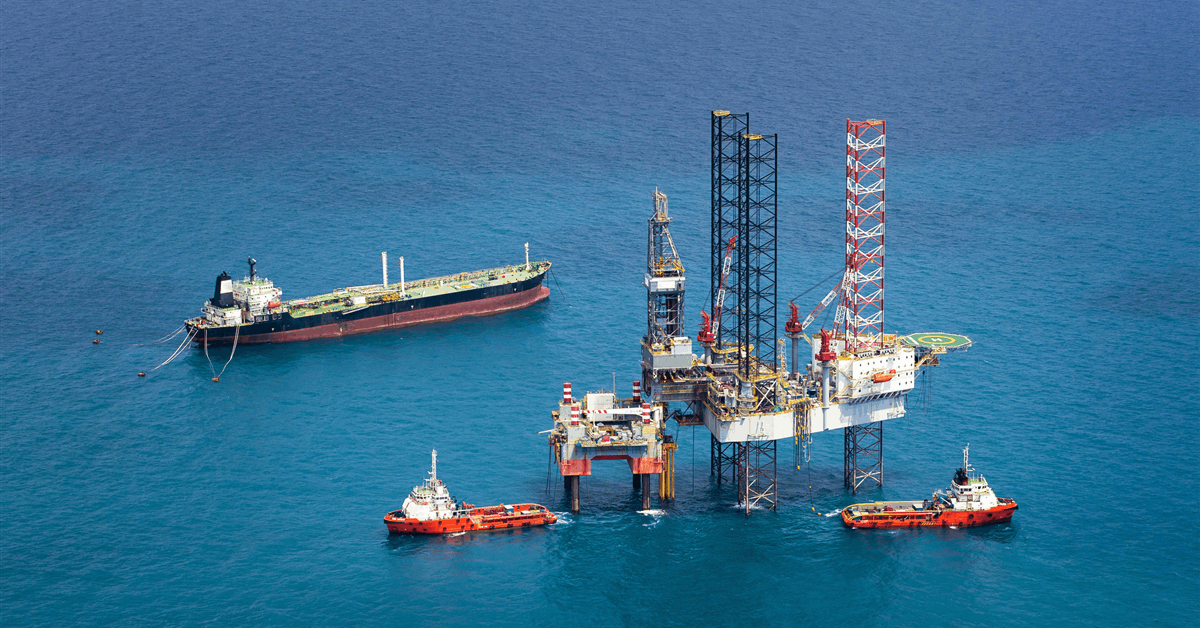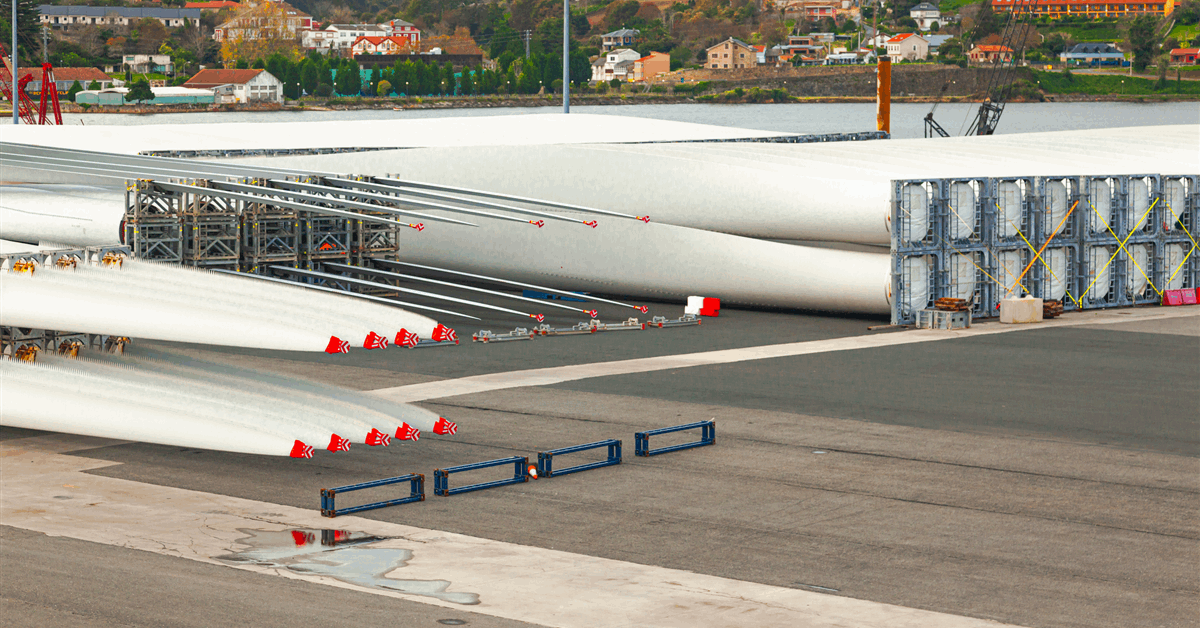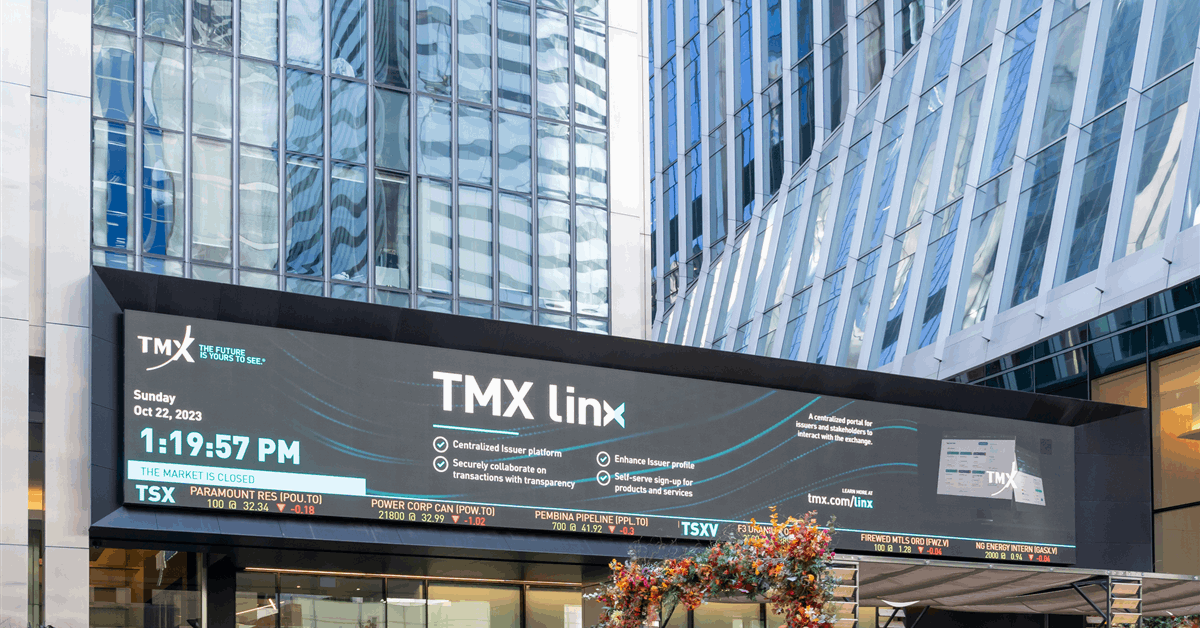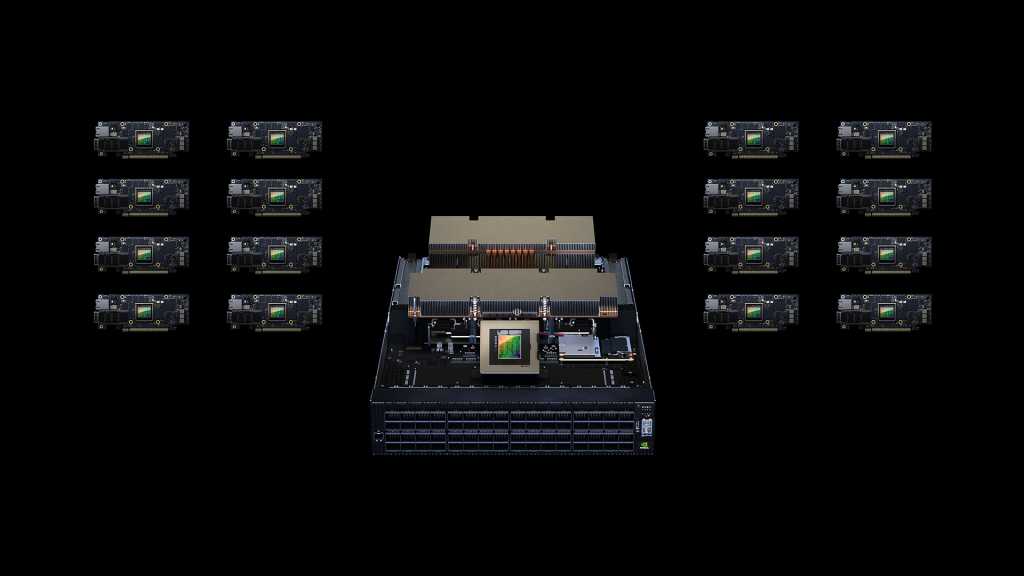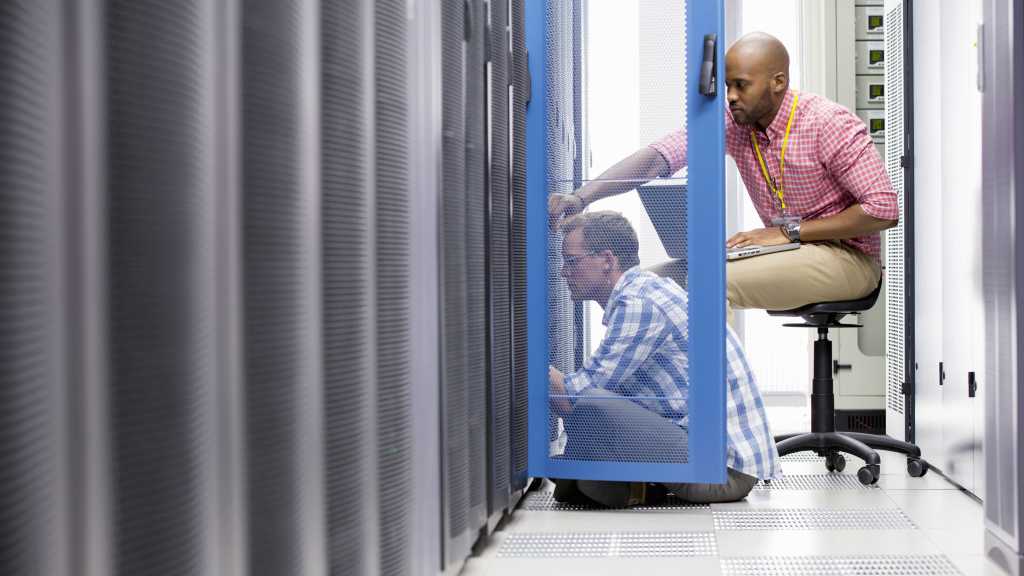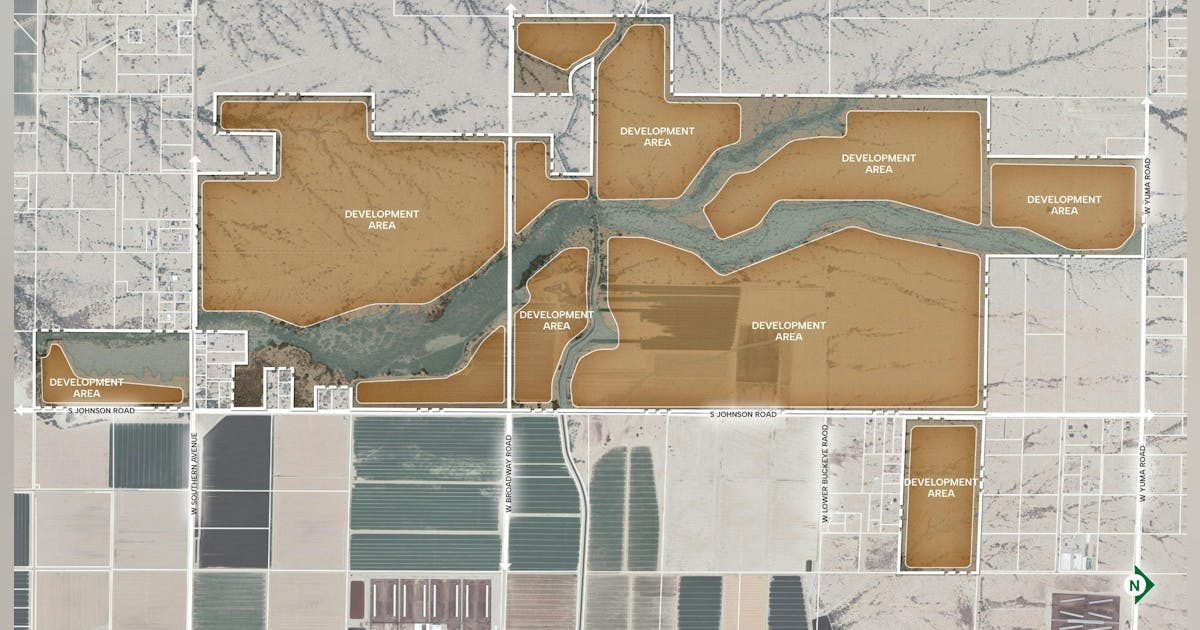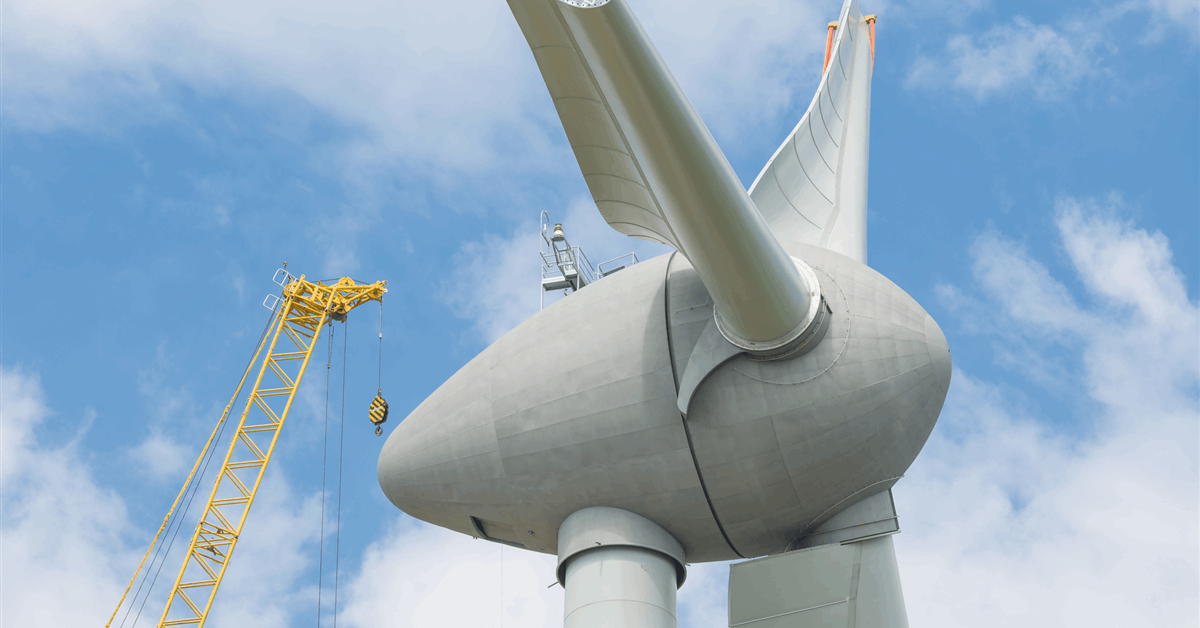
The New York University (NYU) Tandon School of Engineering, in partnership with Equinor ASA, National Offshore Wind R&D Consortium (NOWRDC), and New York City Economic Development Corp. (NYCEDC), has selected six companies to receive support for the development of ideas and advancement of offshore wind’s potential in New York under the Offshore Wind Innovation Hub.
The Offshore Wind Innovation Hub, led by Equinor, reviewed a pool of 53 applicants. In a media release, the Hub partners said the six companies have been selected based on the novelty and potential of their solutions to join the 2025 Accelerator Cohort.
The six companies are Anemo Robotics, Kalypso Offshore Energy, MESPAC, Orpheus Ocean, Reblade, and Werover.
Among the focus areas was identifying innovations that can contribute to efficiencies in turbine maintenance and improved marine life monitoring, the Hub partners said.
“We’re excited to join the Offshore Wind Innovation Hub program as it represents a significant opportunity for us to explore the U.S. offshore wind market. We look forward to gaining valuable insights and mentorship from the distinguished companies and experts involved in the program”, Balca Yılmaz, CEO and Co-Founder of Werover, said.
The winners will participate in a six-month mentoring and business development program that aims to prepare them for strategic partnerships with offshore wind developers, suppliers, and the wider industry. The program helps innovators overcome barriers and commercialize solutions in New York and beyond, the Hub partners said.
Building on two years of success, the 2025 Accelerator builds on progress made by the 2024 cohort in business, product development, fundraising, hiring, and piloting. Notable achievements include Triton Anchor’s $5.7M fundraise, Claviate’s contract with Siemens to manage turbines, and Pliant Energy’s two pilot projects in New York City waters with NYC EDC, according to the Hub partners.
The Offshore Wind Innovation Hub is based in Sunset Park, Brooklyn, with a mission to enable smaller companies to provide their technology to the offshore wind industry.
Cohort companies will be individually paired with knowledgeable Equinor mentors and receive industry-specific guidance on technology development from NOWRDC. Cohort companies will also benefit from NYCEDC’s extensive involvement in piloting and innovation activities throughout the city, including the Pilots at BAT, the Hub partners said.
“The Offshore Wind Innovation Hub is a great example of the knowledge transfer that happens when academia and the private and public sectors come together to support the ingenuity of aspiring entrepreneurs. Congratulations to this year’s winning companies, as their visionary concepts and creative solutions will certainly help contribute to New York State’s offshore wind industry”, New York State Energy Research and Development Authority President and CEO Doreen M. Harris said.
To contact the author, email [email protected]
WHAT DO YOU THINK?
Generated by readers, the comments included herein do not reflect the views and opinions of Rigzone. All comments are subject to editorial review. Off-topic, inappropriate or insulting comments will be removed.
MORE FROM THIS AUTHOR




